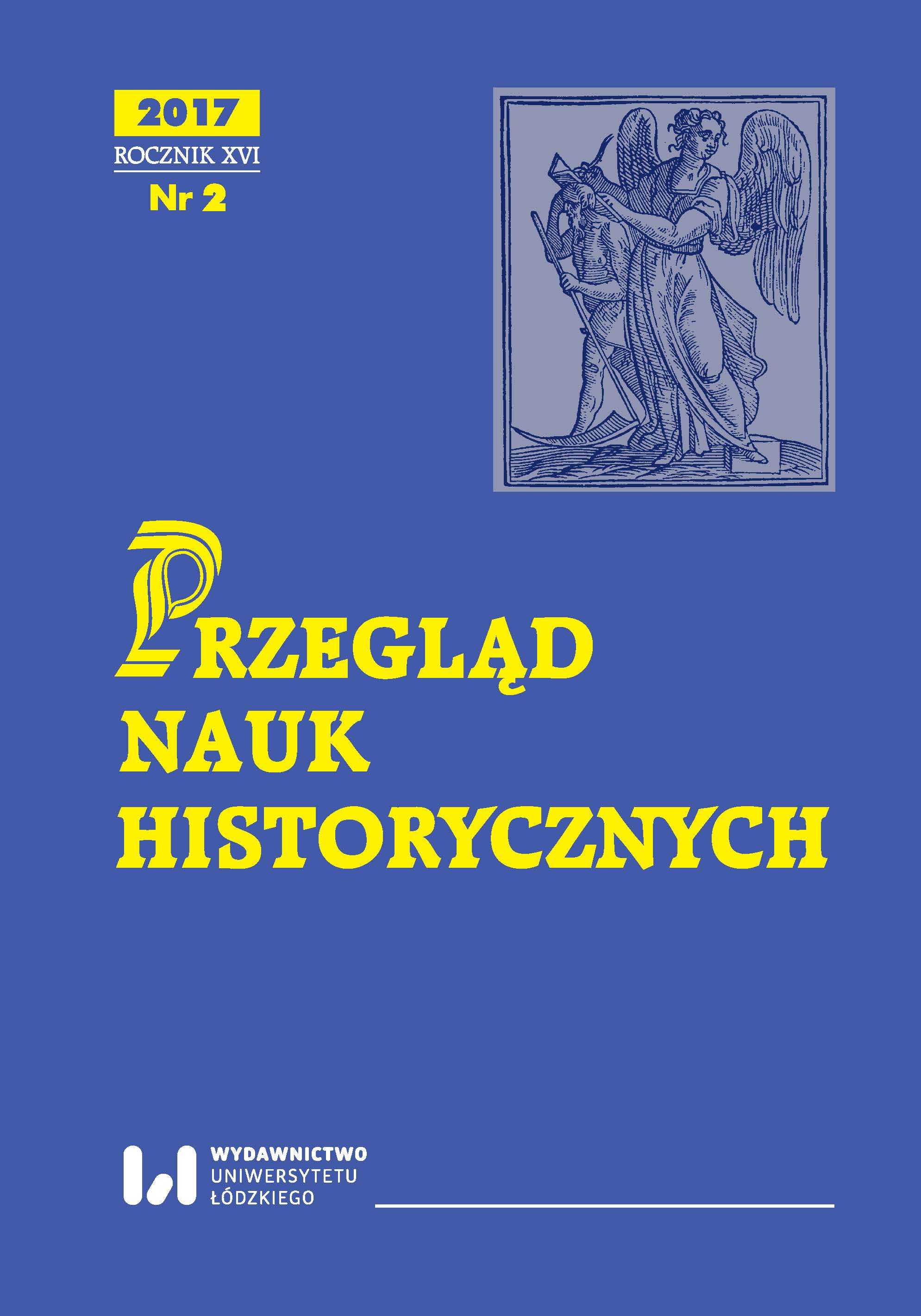Państwa sukcesyjne Austro-Węgier w dyplomacji polskiej (1918–1920)
The successor states of the Austro-Hungarian Empire in the Polish diplomacy (1918–1920)
Author(s): Dariusz JeziornySubject(s): Diplomatic history
Published by: Wydawnictwo Uniwersytetu Łódzkiego
Keywords: Polish diplomacy; Austro-Hungarian successor states; Danube Region; dyplomacja polska; państwa sukcesyjne Austro-Węgier; obszar naddunajski
Summary/Abstract: Austria, Hungary, Czechoslovakia, Romania, the Kingdom of SCS and Poland are the countries referred to as successor states of the Habsburg Monarchy since they were established out of its ruins. This article focuses on how meaningful these Central European states were to Polish diplomacy in 1918–1920, i.e. the period which was decisive in the creation of their independent existence. The aim of the article is to answer the question of how the gradual breakup of the unitary Austria-Hungary in 1918 was perceived by the Polish political elites. It will also examine what stance the government of the independent Polish state adopted towards the new countries that were being formed after the dissolution of the Habsburg Monarchy. All the states which were fully or partially composed of the former Austro-Hungarian territories are considered with the exception of Italy which was already recognised as one of the most important European powers and after its annexation of the Habsburg lands on the Adriatic Sea was even more of a power. The article will also explore whether the emerging countries played any role in the development of Polish foreign policy and if so, how significant this role was. A similar question can be asked in the case of the entire territory of the Danube Region. After the First World War, its political and economic unity was shattered, which could have been used by the nascent Poland while dealing with its weaker partners. // Austria, Węgry, Czechosłowacja, Rumunia i Królestwo SHS, a także Polska to państwa nazywane krajami sukcesyjnymi monarchii habsburskiej, ponieważ powstały na jej gruzach. Artykuł koncentruje się na znaczeniu tych środkowoeuropejskich państw w dyplomacji polskiej w latach 1918–1920, czyli w okresie decydującym dla ich niepodległego bytu. Celem artykułu jest odpowiedź na pytanie o to, jak postępujący rozpad Austro-Węgier w roku 1918 był postrzegany przez polskie elity polityczne. W następnej kolejności istotne jest pytanie, jakie było stanowisko rządu niepodległego państwa polskiego wobec państwowości tworzących się po rozpadzie monarchii Habsburgów. Pod uwagę wzięte zostały wszystkie kraje, które w całości lub w znaczącej części zagarnęły tereny austro-węgierskie. Pośród nich wyjątkiem są Włochy. Rzym zaanektował również znaczące tereny habsburskie nad Adriatykiem, ale już wcześniej był uznawany za jedną z ważniejszych stolic europejskich i nowe nabytki jedynie zwiększyły jego potencjał. Istotne jest również zauważenie, czy omawiane państwa odgrywały jakąś rolę w polskiej polityce zagranicznej, a jeśli tak, to jak znaczącą. Podobne pytanie dotyczy całego terytorium Europy naddunajskiej. Jego polityczna i ekonomiczna jedność została zerwana po I wojnie światowej, co mogła wykorzystać rodząca się Rzeczpospolita, mając do czynienia ze słabszymi od siebie potencjalnie partnerami.
Journal: Przegląd Nauk Historycznych
- Issue Year: 16/2017
- Issue No: 2
- Page Range: 159-179
- Page Count: 21
- Language: Polish

